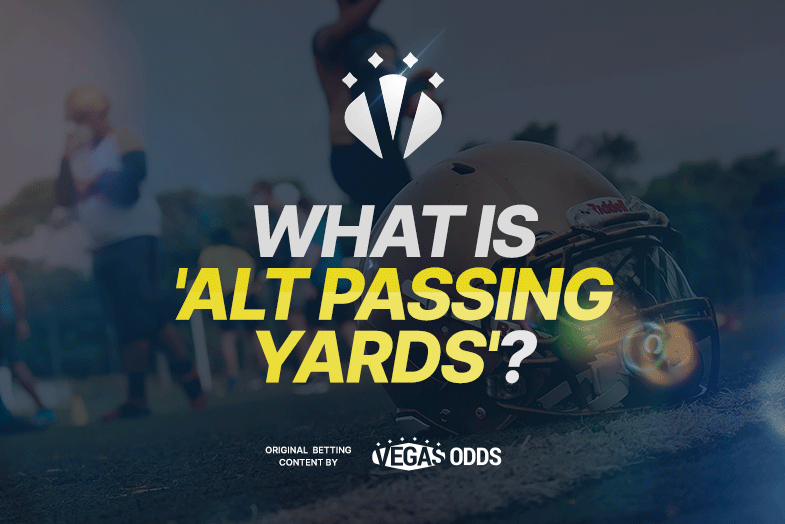Understanding Alternate Passing Yards
Alternate Passing Yards refer to betting lines offered by sportsbooks that provide different over/under totals for a quarterback's passing yards in a game, distinct from the primary or standard passing yardage line.
Instead of a single, standard line (e.g., Patrick Mahomes Over/Under 280.5 passing yards), sportsbooks present a range of alternative yardage totals. This allows bettors to select a higher or lower yardage threshold than the main line, with corresponding adjustments to the potential payout (odds).
Key characteristics of alternate passing yard lines include:

- Varied Thresholds: If a quarterback's standard passing yards line is set at 280.5, alternate lines might be offered at Over/Under 250.5 yards, Over/Under 300.5 yards, Over/Under 325.5 yards, and so on.
- Adjusted Odds: The odds change significantly with these alternate lines:
- Betting Over on a higher alternate line (e.g., Over 325.5 yards when the main line is 280.5) will offer much better odds (a higher payout) because it's a more difficult outcome to achieve.
- Betting Over on a lower alternate line (e.g., Over 250.5 yards) will offer worse odds (a lower payout) as it's considered an easier target.
- Conversely, betting Under on a lower alternate line (e.g., Under 250.5 yards) offers better odds, while betting Under on a higher alternate line (e.g., Under 325.5 yards) offers worse odds.
- Betting Flexibility: Alternate lines provide bettors with more strategic options. A bettor who strongly believes a quarterback will far exceed expectations can opt for a higher alternate line for a greater potential return. Conversely, someone seeking a perceived safer bet, albeit with a smaller payout, might choose a lower alternate 'Over' line or a higher alternate 'Under' line.
In essence, alternate passing yards allow bettors to customize their risk and reward when wagering on a quarterback's passing performance, moving away from the single, most commonly offered yardage total.








